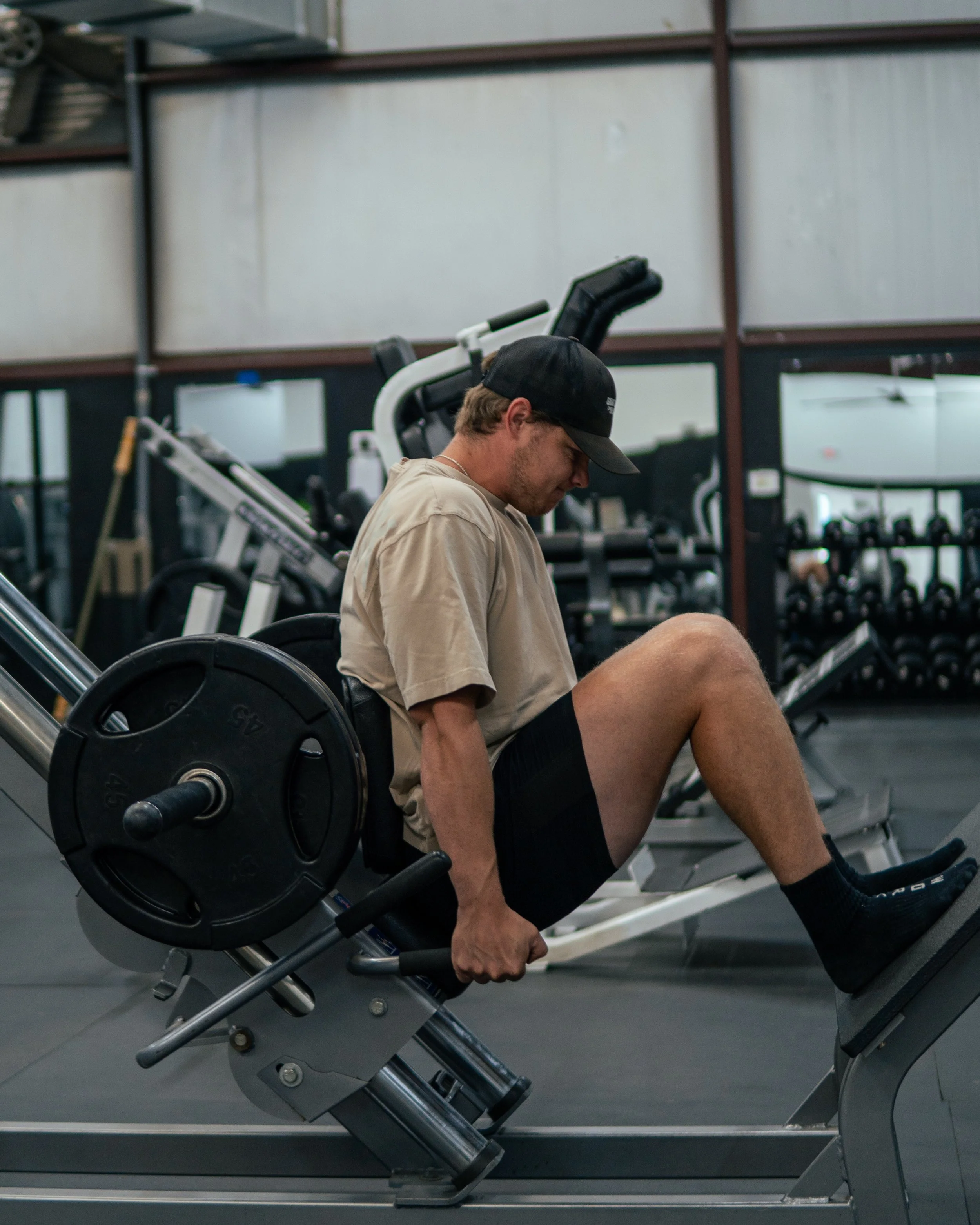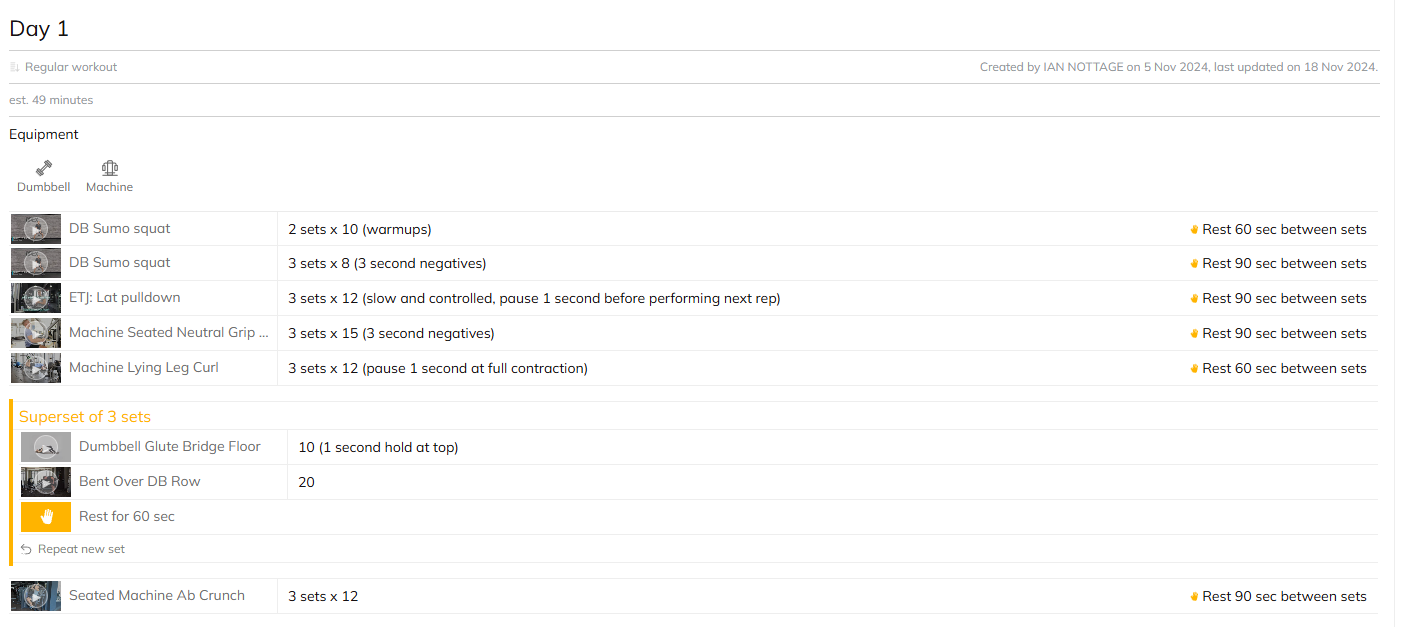4 Ways to Safely add Progressive Overload without Increasing Weights
Progress, Not Perfection:
Progressive overload is the key to building strength and muscle. All it means, is to increase stimulus on your muscle over a period of time to grow. It doesn’t always mean increasing weight!
So here are some alternatives to safely apply progressive overload and keep progressing toward your fitness goals.
1. Start with Proper Form
Before adding any extra stress, ensure your technique is rock-solid. Improper form increases the risk of injury and limits the effectiveness of your lifts.
Why It Matters: Good form helps target the correct muscles and protects your joints.
How to Improve:
Record your lifts to check your form.
Work with a coach to address any movement issues.
Use lighter weights or even just body weight to master the mechanics of each lift.
2. Gradually Increase Reps or Sets
One of the easiest ways to overload your muscles is by increasing the number of reps or sets with the same weight.
Why It Works: It increases the total workload, pushing your muscles to adapt.
Example:
Week 1: 3 sets of 8 reps.
Week 2: 3 sets of 10 reps.
Week 3: 4 sets of 10 reps.
3. Focus on Tempo and Pauses
Adjusting the speed of your lifts or adding pauses can make the same weight feel much more challenging.
Why It Works: Increasing time under tension helps build muscle and strength without heavier weights.
Examples:
Tempo Squats: Lower for 3 seconds, hold for 1 second, and lift for 1 second.
Pause Bench Press: Hold the bar just above your chest for 2 seconds before pressing.
4. Introduce Drop Sets
Drop sets are a high-intensity technique where you continue a set with lighter weights after reaching failure.
Why It Works: Drop sets extend the time your muscles are under tension, leading to greater fatigue and growth.
How to Do It:
Perform a set to failure with your starting weight.
Immediately reduce the weight by 20–30% and continue without resting.
Repeat this process for 1–2 additional drops if desired.
Example: Start with 100 pounds on a bench press, drop to 80 pounds after failure, and finish with 60 pounds.
Bonus #1. Track Your Progress
Tracking your workouts helps you plan safe and steady progress while avoiding overloading too quickly.
Why It Matters: Logging your performance provides insight into when and how to increase intensity.
What to Track:
Reps, sets, and weights used.
Notes on your energy, fatigue, and recovery.
Bonus #2. Prioritize Recovery
Your muscles don’t grow during workouts—they grow when you rest. Recovery is essential for safe and effective progress.
Why It Matters: Overloading without recovery can lead to overtraining and injuries.
How to Recover:
Sleep 7–9 hours per night.
Eat a balanced diet with plenty of protein.
Incorporate active recovery days with stretching or light cardio.
Final Thoughts
Progressive overload is about challenging your body in a safe and challenging way.
Following these steps can really make some huge physical changes in the coming months
Take Action Today
Ready to level up your training? Grab my Free workout program to track your workouts, and to start implementing your own progressive overload!

